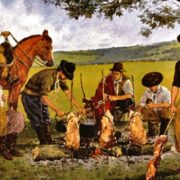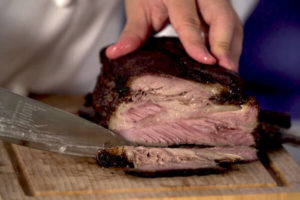História do Churrasco
Segundo indicam os fatos históricos, foi no século XVII que no Rio Grande do Sul surgiu a forma gaúcha de se fazer churrasco, que hoje se difundiu por todo país e tem até reconhecimento e apreciação internacional. Além disto, tornou-se sinônimo de festa e confraternização entre familiares e amigos.
A descoberta do churrasco é atribuída aos índios que habitavam a costa das três Américas. Eles assavam a carne ao ar livre, numa fogueira sobre pedras com auxílio de uma grelha de madeira verde, mas foi na região do grande pampa que o churrasco encontrou o seu ambiente ideal.
A pecuária sempre foi uma das maiores riquezas do Uruguai, da Argentina e do sul do Brasil, na chamada região dos pampas, e a lida com o gado afastava os homens do campo por longos períodos de suas casas.
O churrasco era uma forma mais prática de fazer uma refeição, pois tudo que era necessário para preparar a refeição estava à mão: uma boa faca afiada, uma fogueira preparada em um buraco cavado no chão (fogo de chão), um espeto de vara que podia ser preparado na hora com galhos, um generoso pedaço de carne e sal grosso. O sal grosso aliás, era e até hoje é utilizado como complemento na alimentação dos bovinos. A carne era cortada em pequenos pedaços e servida, iniciando a forma de se servir carne chamada de rodízio. E estava assim criado o jeito gaúcho de se preparar churrasco.
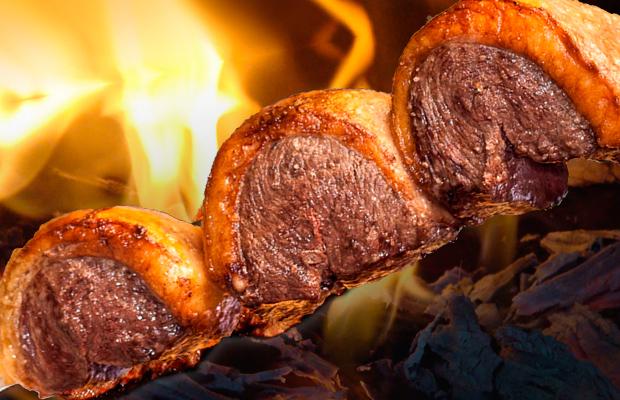 A princípio, o churrasco como conhecemos hoje era muito raro, pois não havia preocupação com o comércio da carne bovina, e sim do couro e sebo.
A princípio, o churrasco como conhecemos hoje era muito raro, pois não havia preocupação com o comércio da carne bovina, e sim do couro e sebo.
No Rio Grande do Sul, o churrasco até hoje faz parte da cultura do gaúcho, estando também sempre presente na vida do campeiro gaúcho. Em todo o Brasil, existem milhares de churrascarias, que satisfazem a todos com a qualidade e grande oferta de carnes, saladas, acompanhamentos e sobremesas.
Hoje existem churrascarias brasileiras espalhadas pelo mundo, que estão fazendo muito sucesso em países como Estados Unidos, Canadá, Nova Zelândia, Austrália, Itália, Suíça, Inglaterra, Macau, Singapura e Tailândia. É a cultura brasileira se espalhando pelo mundo.
Você não precisa viajar para até o Brasil para viver esta experiência – quando você jantar no MINAS CAFE RESTAURANT localizado na cidade de Norwood, MA, imediatamente você vai sentir a necessidade de voltar, trazendo a família e amigos para compartilhar esta maneira surpreendente de comer.

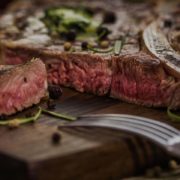
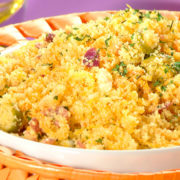
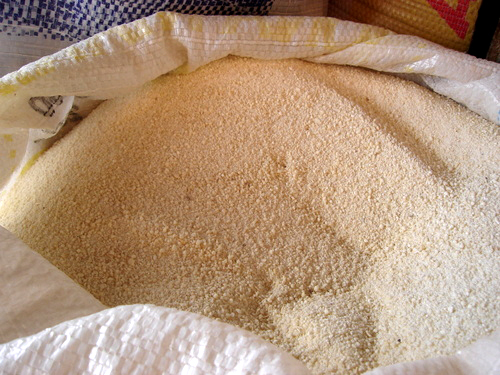
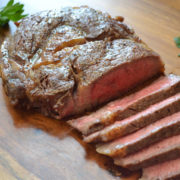
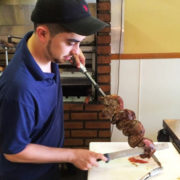
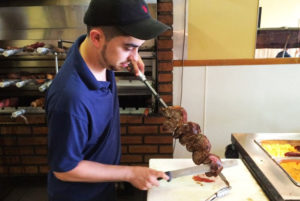 With its selection of steak, pork and chicken, Minas Cafe aims to be a cut above the competition.
With its selection of steak, pork and chicken, Minas Cafe aims to be a cut above the competition.